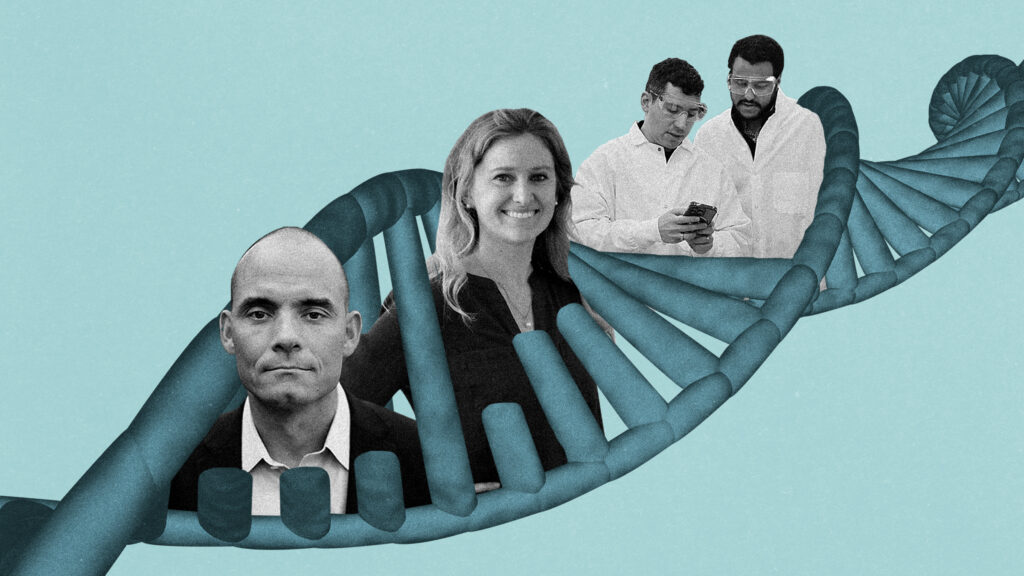Barely 12 years after the publication of the first papers unveiling CRISPR-Cas9, a powerful enzyme for editing DNA, sickle cell patients are now receiving the first approved CRISPR-based medicine, Casgevy. Hundreds of patients with other inherited diseases, cancers, and chronic bacterial and viral infections are enrolled in clinical trials testing other CRISPR treatments. And tens of thousands of papers have been published detailing discoveries of new CRISPR enzymes, new ways to deliver them, and a mountain of preclinical data. (Many of these key advances can be found in STAT’s curated database, the CRISPR Tracker.)
If you’ve been following the biomedical revolution now thoroughly underway, then you likely know the names of the scientific luminaries who kicked it all off.
There’s Jennifer Doudna and Emmanuelle Charpentier, the Nobel-prize winning authors of a 2012 Science paper that detailed how CRISPR-Cas9 worked in bacterial cells. Then there’s heavyweights Feng Zhang and George Church, who showed in a pair of papers published a few months later that the enzyme worked in human cells too. And of course, David Liu, whose lab invented CRISPR systems that, rather than cutting DNA, swapped a single letter (base editing) and deleted or added long strings of letters (prime editing).

This article is exclusive to STAT+ subscribers
Unlock this article — plus in-depth analysis, newsletters, premium events, and news alerts.
Already have an account? Log in
